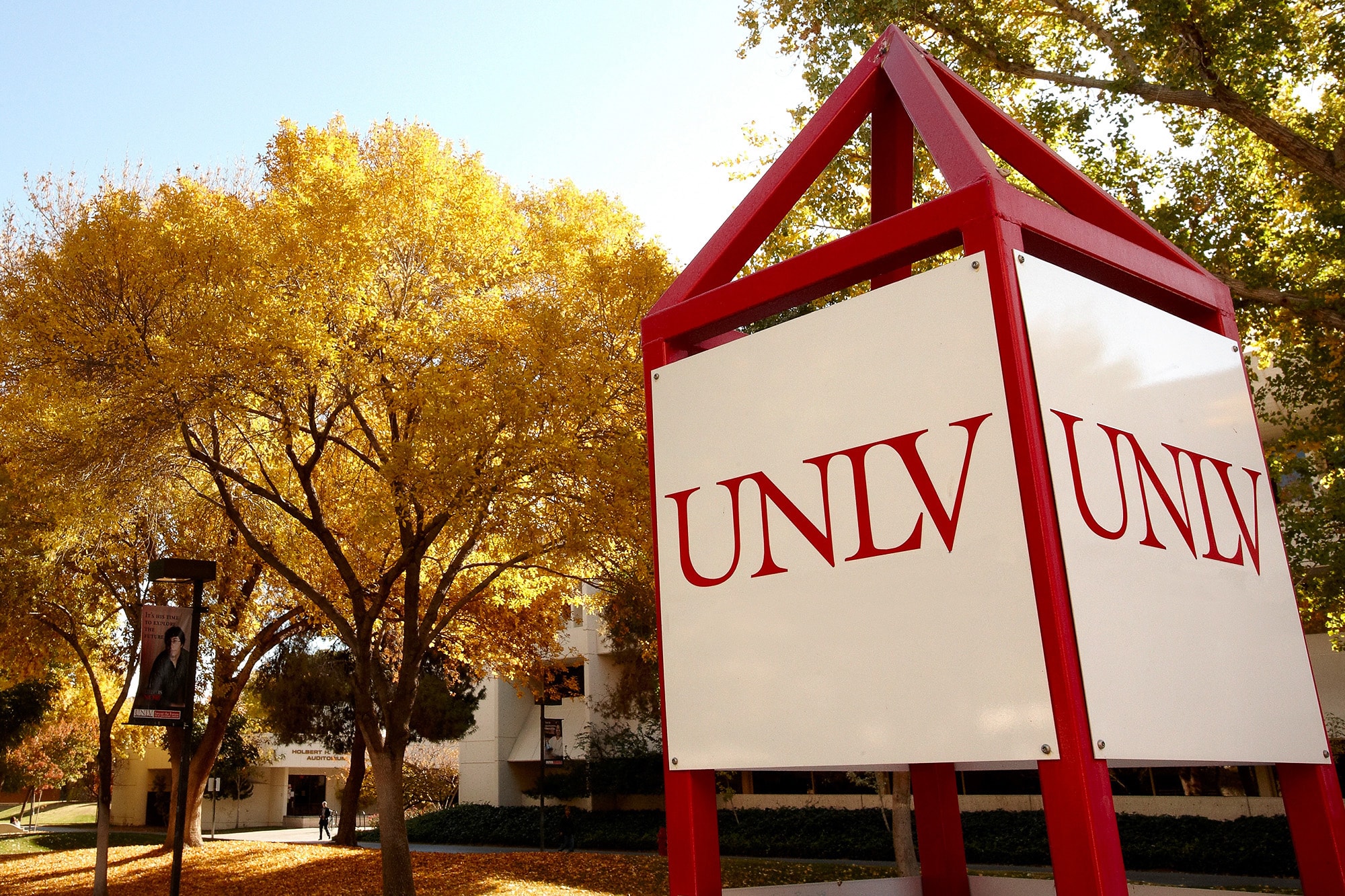UNLV microbiologist Brian Hedlund is leading an international team of researchers to be the first to detail how life works in the largest system of hot springs in China.
Through a five-year, $3.75 million grant from the National Science Foundation, Hedlund and scientists from eight U.S. and six Chinese universities will identify the microscopic organisms living within the Tengchong Geothermal Field in Southwest China and how they function and interact. The project is the largest of its kind to date and will build upon efforts under way in the U.S. to understand how hot springs ecosystems work and their potential contributions to science, biomedicine and renewable energy.
"Geographically distinct hot springs host unique microbial communities that are genetically different, yet we're finding that they function very similarly," said Hedlund, principal investigator on the project. "We have a unique opportunity to bring in experts from around the world to assemble a complete picture of the activities of communities that thrive in temperatures inhospitable to most life."
The research team will identify and isolate organisms from six hot springs in Tengchong - an area very rarely studied - characterize their genetic structure and carefully analyze how they behave and interact within their microbial communities. Genome sequencing of the organisms will also reveal their similarities and differences compared to organisms in other hot springs around the world and give researchers a clearer picture of how geographic differences may affect how the ecosystems function.
Since hot springs bacteria thrive in temperatures above those that support photosynthesis, many generate energy from inorganic chemical sources rather than sunlight. These organisms hold the key to many scientific advances, including polymerase chain reaction, a process that rapidly multiplies DNA and is the linchpin to the booming biotech industry.
The project is part of the NSF's Partnerships for International Research and Education Program and is designed strengthen scientific collaboration between U.S. and Chinese researchers. Over the next five years, students from partner universities and Las Vegas high school science teachers will have a chance to study abroad, learn from Chinese scientists at their home institutions and participate in summer fieldwork.
Participating U.S. universities include UNLV, University of Georgia, Miami University (Ohio), Montana State University, Northern Arizona University, Arizona State University, San Francisco State University and Stanford University. Chinese partner institutions include the Chinese Academy of Sciences, Tongji University, Yunnan University, China University of Geosciences - Beijing and Wuhan and Xiamen University.
Learn more about the NSF's Partnerships for International Research and Education program.



